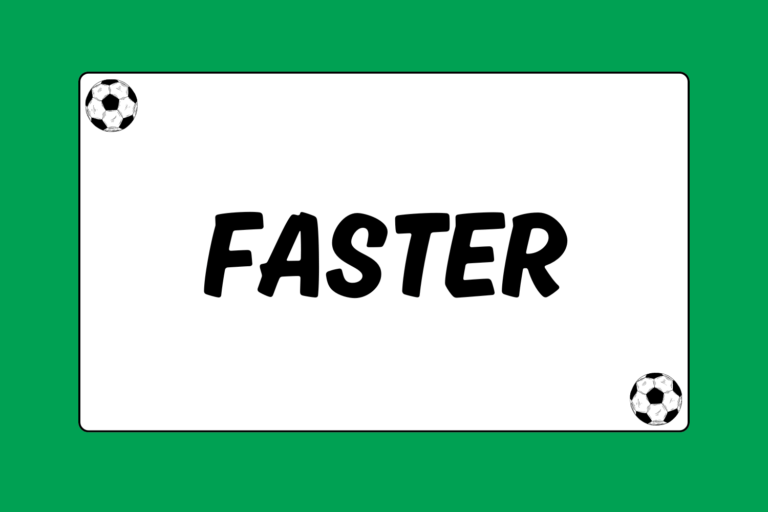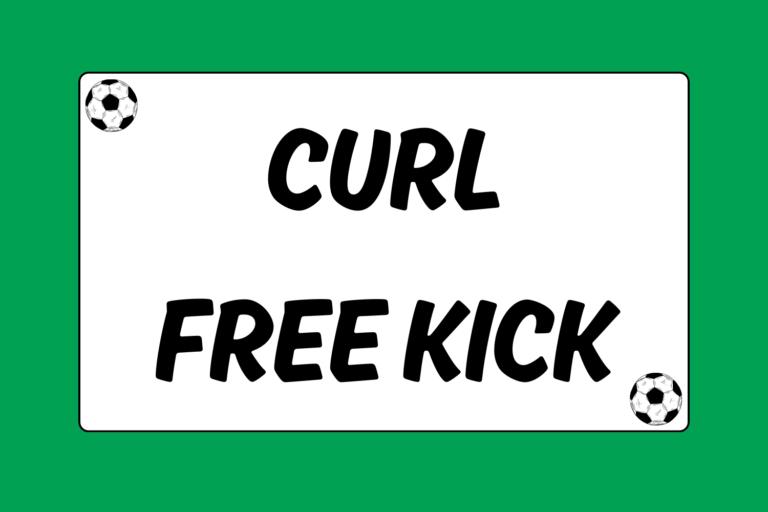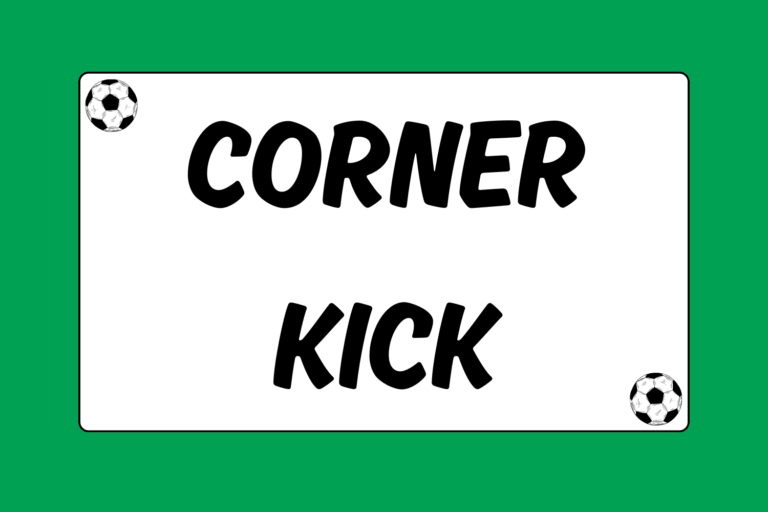The ability to kick a soccer ball in a curved trajectory is one of the most entertaining skills a soccer player can develop, not to mention versatile. All it takes is a thorough understanding of the proper technique, and a lot of practice.
There are many reasons to get good at curving a soccer ball.
- It’s a great way to score, either up close or from distance.
- It’s a great tool for passing around the defense to an open teammate.
- Bending the ball is ideal for direct and indirect free kicks.
- Consistently bending the ball is a sign of great ball skills.
- It’s fun to do.
Putting a good bend on the ball can create a great cross, corner, pass, or shot on goal. The ability to curve the ball consistently is a great asset for an attacking player, and has separated many players with otherwise average soccer skills from the rest of the pack over the years.
Fun Fact:
The science behind the curving trajectory of an athletic ball was first discussed by Sir Isaac Newton in 1672, after watching tennis players striking a ball at Cambridge College. However, the Magnus effect, which attributes the curve of a ball to its spinning motion, wasn’t developed until nearly two centuries later.
Curve Kick Technique
The first step is to know how the spin a player puts on the ball affects its trajectory. A ball that is struck on the right half will spin to the left, forcing it to curve to the left. A ball that is struck on the left half will spin to the right, forcing it to spin to the right.
You can also use both sides of your foot to curve the ball. Curving the ball with either the inside or outside of the foot requires slightly different techniques:
Inside of the Foot
Curving the ball with the inside of the foot is easier to control, and should be where intermediate players begin. The plant foot should be directly next to the ball, and the striking foot should come around the outside of the ball to give it spin. The player’s knee should be directly over the ball, and he should strike with the inside of the foot and the toe pointed down. He should strike the ball just to the outside of the center of the ball.
Outside of the foot
When curving the ball with the outside of the foot, the plant foot should be wider and further away from the ball. This will give your striking foot room to strike the inside of the ball and to follow through. The outside of the foot should only be used once a player has mastered curving the ball with the inside of the foot.
It’s very important to follow through with the kicking foot going fully across the body. The first key is to strike it correctly, and the second is to strike it hard enough. Try to pull your kicking leg back further and be sure to swing your hips to get enough on the ball.
While this is a basic description of the technique used to curve the ball, it is much easier said than done. Again, the key to curving the ball is to practice, practice, and practice some more. Attempting to curve the ball in a game without the confidence that comes with constant practice can lead to errant balls, damaged egos, and urgent cries from the sideline to stop shooting. On the other hand, a few tips can get you pointed in the right direction.
When to Curve
For most players, there are a few specific situations in which attempting a curve makes sense:
- Corners & Free Kicks: These are the best chance for players who aren’t experts to improve at curving the ball during games, because the ball is stopped and unguarded by the defense. Crosses and corners are great for meeting a teammate sprinting toward the net, and are tough for goalies to track down. Free kicks are a great time to bend the ball to get it around and over the heads of the defense.
- Shots on Goal: Curving the ball when shooting is especially effective against shorter, slower goalkeepers who usually have to react quickly and can misjudge the ball. Curving the ball when striking it on net is a great way to get the goalie off-balance and turn a random, loose ball into a goal.
Mental Edge:
Skillful offensive players sometimes try to kick the ball without any spin whatsoever to confuse defenders and goalies. These knuckleballs can pick up spin in mid-flight and move in random, unpredictable directions, away from an awaiting keeper.
How to Practice
The saying “practice makes perfect” was never more applicable than in the case of curving a soccer ball. A good way to practice is to begin by striking the ball to create spin, and worrying about power later. Err on the side of striking the ball too far on the outside, and concentrate on the keys to a good curve:
- Plant foot next to the ball
- Strike the ball with the inside of the foot, just above the toes
- Ankle is locked and leg follows through
Gradually, bring the point of contact toward the center of the ball and concentrate on power. Work against a wall or with a teammate, and be ready to run down a few balls. The skill of curving the ball will be worth the effort.





